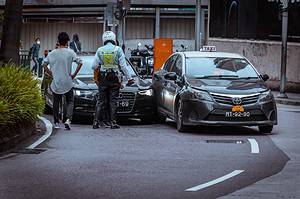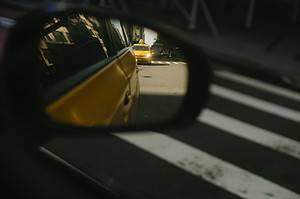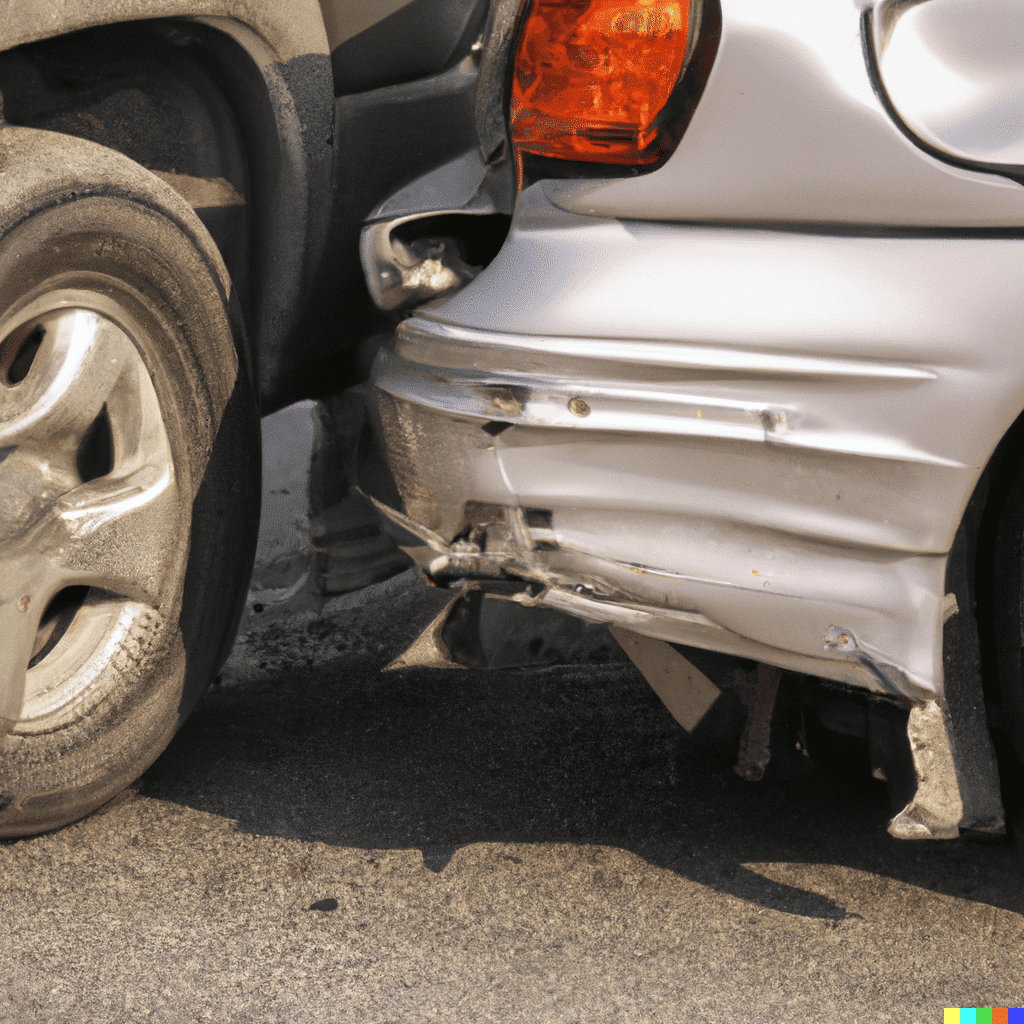Merging on the highway can be tricky, even when the traffic flow is smooth. That’s because you are supposed to enter the road at speed fast enough to match up with other vehicles but only have a hundred feet to accelerate and match that speed.
Unfortunately, so many highway accidents occur when merging. Drivers may exhaust the space and have to stray into traffic jams, while motorists already on the roadway may not have enough time to react and clear the way for them, leading to collisions.
The question is, who is at fault if rear-ended while merging?
Read on to find out.
Who Is at Fault If Rear-ended While Merging?
So, who is at fault if rear-ended while merging? The merging driver is usually held accountable, but this is not always true.
Most law enforcement officers, insurers, and even judges will presume you were inattentive or did not check your side-view and rear-view mirrors before merging off the on-ramp.
Put another way; it will be presumed that you carelessly merged into another car’s lane without first checking if it was clear.

Sadly, this is not always true. On numerous occasions, merging drivers were not at fault, or their on-ramp was about to end, and other cars were behind them, hence forced to merge.
Motorists in the lane near the on-ramps could refuse to make room for merging vehicles. But this does not necessarily mean they are at fault because, per state laws, approaching cars have the right-of-way.
To be sure whose fault the rear-end crash was, you have to investigate the cause of the accident and speak with a car accident attorney.
Why is the Merging Driver Considered at Fault?
The merging driver may be partially or fully at fault for the accident if they:
Merge too slowly
If you must merge, you should do it safely yet safely and move at regular highway speed before changing lanes. Slow-moving vehicles can endanger other motorists by disrupting traffic flow as they enter highways.
Merge without signaling
It may appear that you are merging when driving on an on-ramp, but other motorists may not always be aware since they are unsure when you intend to merge. Use your turn signal at all times when merging, like you would while changing lanes.
Merge carelessly
It is excellent when other drivers are considerate enough to allow you leeway to merge. However, they are not legally required to do so.
You must find the appropriate place and time to merge. When you merge recklessly, you can be liable for the resulting accident.
Merge across several traffic lanes
When merging into a highway, you must do so in the lane next to the on-ramp. If you must cross the road to the opposite side, do one lane after another, looking for safe breaks in traffic flow before every lane change.
Negligent Drivers Could Also Be Held Liable for Merging Rear-End Crashes
Drivers in the adjacent traffic lanes have no duty to the merging drivers. That means changing lanes or slowing down to create space for you is a courtesy, not an obligation.
However, they have a legal obligation to drive responsibly and safely. So, if a motorist in the next lane rear-ends you when merging, they may be held accountable for the merging accident.

Also, merging drivers are not at fault for accidents if other drivers rear-end them. For instance, you may be trying to merge, but a motorist in the lane you are merging into is inattentive, slows down, or speeds up simultaneously when you start to merge.
If an accident occurs, this other driver can be found liable since they created a risky condition when the roadway was otherwise clear for you to enter.
Consult With a Personal Injury Attorney Today!
You should speak with a personal injury attorney if you were involved in a crash where a vehicle rear-ended you when merging.
Legal Giant partners with local car accident lawyers who understand the ins and outs of personal injury laws and compensation claims.
Our partner attorneys will do everything to prove you were not at fault and get you the compensation you deserve.
Contact us at (855) 740-5024 for a free, no-obligation consultation and review of your case.

